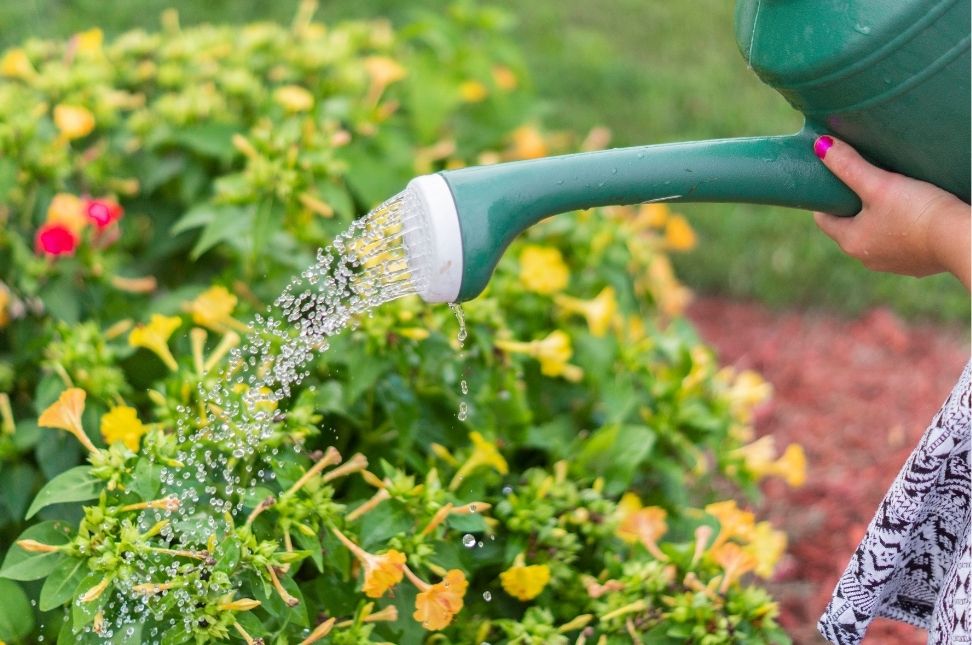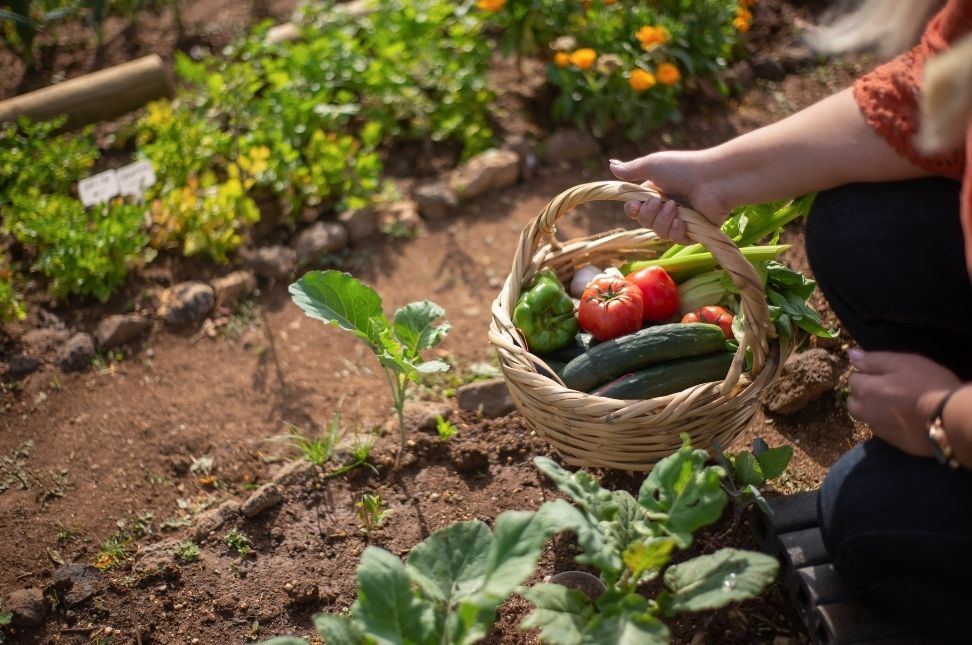Introducing children to the fascinating world of plants not only sparks their curiosity but also provides valuable life lessons in responsibility, care, and an understanding of the natural world. This comprehensive guide explores effective ways to teach kids about plant growth and care, nurturing a lifelong love for gardening and nature.
1. The Importance of Teaching Kids About Plants
- Scientific Learning: Plant care helps children understand basic biological concepts, such as photosynthesis, growth, and reproduction.
- Responsibility: Caring for plants instills a sense of responsibility as children learn to meet the needs of their green companions.
- Environmental Awareness: Kids develop an appreciation for nature and learn how to protect the environment.
- Gardening Skills: Children acquire practical gardening skills, setting the stage for a rewarding lifelong hobby.
2. Age-Appropriate Activities
- Preschoolers (Ages 3-5): Engage in simple activities like sprouting seeds in a plastic bag or tending to potted plants. Focus on sensory experiences.
- Elementary School (Ages 6-11): Involve kids in planting, watering, weeding, and harvesting in a small garden plot. Teach them about plant life cycles.
- Teens (Ages 12+): Encourage teens to take on more complex projects, such as creating a garden design or managing a small vegetable garden.
3. Getting Started
- Choosing Plants: Opt for easy-to-care-for plants, such as sunflowers, marigolds, or herbs. Tailor your choices to the child’s age and interests.
- Gathering Supplies: Acquire the necessary gardening tools, pots, soil, and seeds. Let kids pick out their tools and decorate their pots.
- Setting Up a Planting Area: Designate a gardening space or a windowsill for their plants.
4. Teaching Plant Life Cycles
- Germination: Explain how a seed germinates, and have kids plant seeds to observe this process.
- Growth Stages: Illustrate the different growth stages of plants, from seedlings to maturity.
- Flowering and Fruiting: Teach kids about flowering plants and how they eventually produce seeds for the next generation.
5. Plant Care Lessons
- Watering: Explain the importance of regular, but not excessive, watering.
- Sunlight: Discuss the role of sunlight in photosynthesis and the need for the right amount of light.
- Weeding: Demonstrate how to identify and remove weeds to prevent competition with the planted seeds.
- Pest and Disease Management: Introduce basic concepts of pest and disease control for plant health.
6. Environmental Lessons
- Soil Health: Talk about the importance of healthy soil for plant growth and how it supports the ecosystem.
- Ecosystems: Discuss how plants fit into local ecosystems and their role in providing oxygen and food.
- Conservation: Teach kids about the value of conserving water and protecting natural habitats.
7. Fun Garden Activities
- Scavenger Hunts: Create scavenger hunts to help children identify different plant species.
- Garden Journals: Encourage kids to keep garden journals to record plant growth and observations.
- Art and Craft Projects: Use plants in art and craft projects, such as leaf rubbings or creating seed mosaics.
8. Seasonal Projects
- Spring: Planting annual flowers and vegetable seeds.
- Summer: Tending to growing plants, harvesting vegetables, and identifying insects.
- Fall: Preparing the garden for winter, saving seeds, and planting spring bulbs.
- Winter: Exploring indoor gardening and experimenting with forcing bulbs or growing houseplants.
9. Gardening as a Family Activity
- Collaboration: Include kids in family gardening projects and decision-making, fostering teamwork.
- Quality Time: Gardening together provides an opportunity for quality bonding time.
- Sharing Knowledge: Share your own gardening experiences and knowledge with your children.
10. Encouraging a Love for Nature
Teaching kids about plant growth and care extends beyond gardening. Encourage outdoor exploration, visits to botanical gardens, and nature walks to foster a deep appreciation for the natural world. By nurturing their connection to plants and nature, you’re providing children with lifelong skills, curiosity, and an understanding of the environment.




